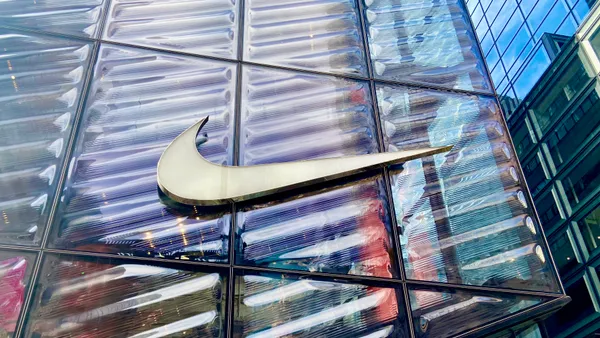This opinion post was written by Amanda Bourlier, head of retail at Euromonitor International. Views are the author's own.
The shift of consumer spend toward e-commerce has been the major retail headline in 2020, and one of the main implications of this shift has been the enhanced role omnichannel has come to play for retailers. While the term "omnichannel" has been top of mind for nearly all retailers for the last ten years, dynamics in the retail industry in 2020 have forced retailers to think much more broadly and invest much more rapidly in their omnichannel capabilities.
These investments will pay off post-pandemic, leaving those that have been able to innovate and experiment in a stronger position.
How omnichannel has evolved since 2019
While many retailers have been pursuing omnichannel strategies for a decade or more, by the end of 2019 omnichannel tended to refer to the combination of a store, website and app, with limited interaction between these channels. Seventy-five percent of retailer respondents in Euromonitor's 2019 Voice of the Retail Industry Survey indicated that they sold both in stores and online.
The interplay between channels and use of in-store technology remained very limited, however, making the overall omnichannel experience in 2019 lackluster. Just 30% of retailers indicated that they allowed shoppers to reserve an item online and pick it up in-store. Fewer than 15% offered any option for delivery in two hours or less, and just 7% indicated they offered an option to get customer support through video chat.
In this year's edition of the same Voice of the Retail Industry Survey, fielded in July 2020, it was clear the pandemic had forced retailers to prioritize omnichannel efforts. In a year of unusual sales and operational challenges for retailers, many respondents indicated that despite the uncertain financial outlook, they expected their company to actually accelerate investments in key components of omnichannel.
The new definition of omnichannel
Even as retailers were looking to optimize their store- and web-based touchpoints to serve the new needs of shoppers as COVID-19 emerged, many were increasingly turning to third parties to drive digital sales as well. Fifty-six percent of respondents indicated in July that they thought one of the most likely effects of COVID-19 on their business was looking to sell through additional digital channels such as marketplaces or social media sites.
Combined, the trends of blurring the line between online and in-person purchases and turning increasingly to outside partners to drive digital sales speak to a holistic redefinition of omnichannel. This new view requires retailers to think of omnichannel as the full suite of ways a consumer can engage with the brand. This of course still includes a store, website and brand-owned app, but it also includes marketplace presence, selling on social media and partnering with last-mile delivery services.
Modern omnichannel requires giving up some control
This more holistic view of omnichannel presents retailers with some difficult questions around the extent to which they should give up control of their brand and operations. Building an omnichannel suite often involves building a mix of brand-owned and non-owned touchpoints, such as partnering with a last-mile delivery platform or selling through social media sites. To varying extents, these partnership-driven omnichannel engagements require constant trade-offs between maintaining complete ownership of a transaction and other features such as convenience and scale.
As retailers build their omnichannel suites, each touchpoint should be mapped to a specific purpose, ideally with the most important shopper engagements taking place in channels retailers have more control over. For example, a brand might place a limited selection of its product portfolio on a given marketplace to reach new shoppers who might later be interested in seeing the full product line on the brand's website. As partnership-driven omnichannel becomes increasingly prevalent, these trade-offs and clarity of purpose for each channel will only grow in importance.














